PCE Industrial Automation
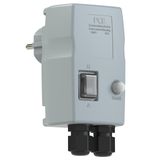


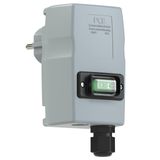



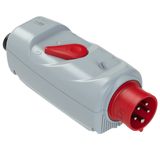


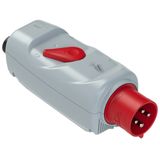
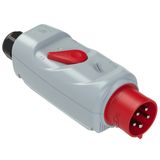








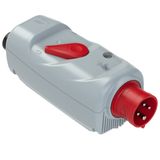
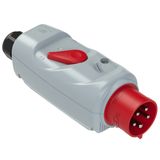
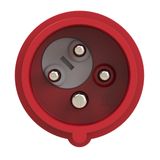


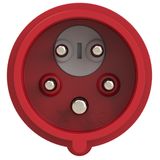








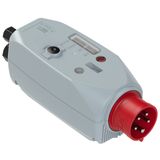



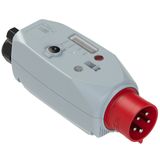

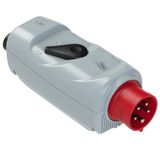


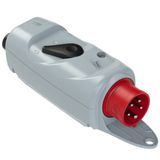
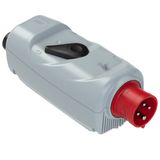
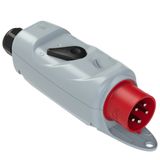

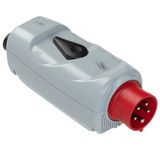
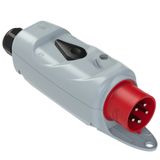

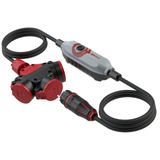


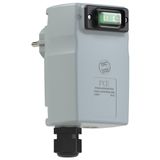






In professional electrical systems, automation modules decide how stable the entire installation runs. The PCE automatics and control product line includes relays, control modules, interface components, and switching devices that handle distribution, signalling, and protection tasks in both fixed and mobile power networks. These are the parts that make the system react correctly — switching loads, protecting motors, managing logic, keeping isolation clean.
PCE Control Modules
PCE control modules cover a range of devices for voltage monitoring, phase sequence, timing, and current supervision. Most modules operate from 24 V DC to 400 V AC, depending on function. For example, a PCE phase-control relay monitors phase order and phase loss within ±5 % voltage tolerance. Time relays are adjustable 0.1 s – 10 h, contact rating 8 A @ 250 V. These units are DIN-rail mounted, 17.5 mm to 45 mm wide, with front dials for adjustment and LED indication. Field installers like them because terminals are front-facing and accept both solid and stranded conductors up to 2.5 mm².
PCE Switching Devices
The PCE switching devices group includes contactors, remote switches, and manual-auto selectors. Rated currents from 16 A to 63 A are typical for lighting and socket circuits; heavy-duty models up to 125 A are available for industrial machinery or generator panels. Coils are usually 230 V AC or 24 V DC; contact materials are AgSnO₂ for better endurance under inductive loads. All devices comply with EN 60947-4-1 and provide mechanical endurance above 1 × 10⁶ operations. Typical applications: pump control, HVAC compressors, and switching of resistive or motor loads.
PCE Automation Units
When full system coordination is needed, PCE automation units integrate relays, contactors, and interface modules in one enclosure. These assemblies are pre-wired, labeled, and ready for quick mounting in control panels or distribution boxes. They help small facilities automate lighting zones, fan systems, or load sequences without PLC programming. Inputs can take dry contacts or sensors; outputs drive relays up to 10 A each. Ambient operation from −20 °C to +55 °C, storage up to +70 °C. These compact automation sets are common in containerised systems, generators, and modular industrial units.
PCE Interface Control
Reliable signal transfer between devices depends on PCE interface control components — terminal relays, optocouplers, and interface blocks. They isolate control voltage from power circuits, prevent feedback loops, and simplify wiring. Typical insulation voltage 2.5 kV, switching time < 10 ms, contact load 6 A @ 250 V. Interface modules snap to DIN rail and include integrated test pushers for commissioning. For control-panel designers, using a consistent interface family simplifies documentation and reduces wiring errors by standardising terminal layout.
Installation and System Notes
- All PCE automation components meet CE, RoHS, and EN standards.
- Use 35 mm DIN rail, 7.5 mm pitch spacing minimum between heat-emitting devices.
- Torque for terminals typically 0.5 – 0.8 Nm; overtightening damages spring clamps.
- Provide at least 10 mm free air on each side for convection.
- Label conductors according to IEC 60445; all PCE modules accept standard 6 mm marking strips.
- In multi-phase control setups, segregate control wiring from power lines to reduce interference.
Procurement and B2B Logistics
Bank of Lamps supplies the full PCE automatics and control portfolio from our warehouse in Latvia. Products ship in carton units (10 pcs per box for modules, 4–6 pcs for contactors). Lead time within the EU averages 3–5 days. Documentation includes CE conformity, test report, and warranty certificate. For ongoing projects, bulk buyers can reserve serial batches to maintain consistent relay calibration and colour coding. Standard warranty covers 24 months with full traceability by batch number.
Why choose Bank of Lamps
Official European distributor with stock in Latvia
Direct B2B sales across EU (Germany, France, Netherlands, Spain, Baltics)
Full documentation and original manufacturer warranty
Fast dispatch from central warehouse
No project design, no custom solutions — only verified wholesale supply